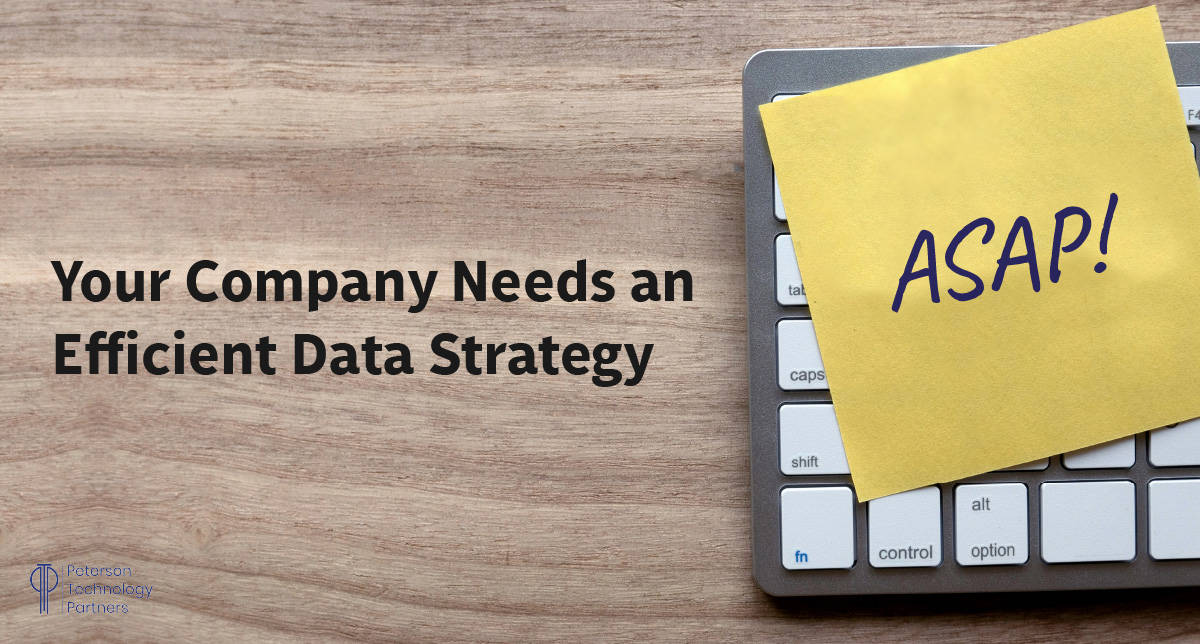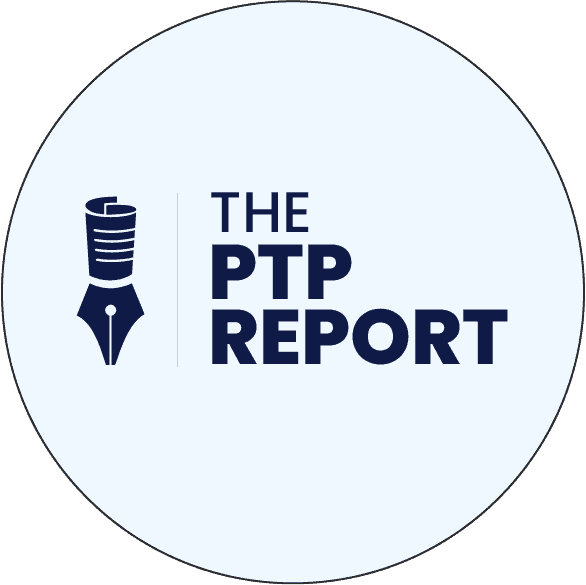95,000 Instagram Stories shared. In just 1 minute. 197.6 million emails sent. In just 1 minute. 500 hours of new content uploaded to YouTube. In just 1 minute.
We can become so desensitized to the staggering amounts of data created on the internet every minute, hour, or day that we can become overwhelmed at the prospect of trying to manage what’s being created.
While the majority of companies don’t have to contend with the exponentially increasing amounts of data that Google, Amazon, or Microsoft manage, you know that simply being in business means you have data to deal with. How prepared is your company to protect the authenticity, privacy, and preservation of your data while still making sure you have the access you need? Re-examining your company’s data strategy periodically will ensure your data stays safe and accessible.
Defining data management for your company
Just as the amount of data created increases at a confounding rate, the way we manage this data changes with constant tech advancements. Today, a data strategy is identified as a highly fluid process that supports the acquisition, organization, analysis, access, and preservation of data in support of the business objectives of a company.
It can be useful to examine how industry giants use their data strategy to improve their business outcomes. For example, it’s no secret Netflix collects and analyzes huge amounts of data from their subscribers to keep users engaged with the platform. They also use data to predict which new shows will be popular, allowing Netflix to direct resources into creating specific content. Netflix has also been successful at creating tools to help their data scientists solve large-scale problems through experimentation on a distributed computing platform. Metaflow, the human-friendly Python library built at Netflix and open-sourced in 2019, allowed data scientists to shift from constantly working on infrastructure to problem-solving.
RELATED: Is a skills-based approach the next great move in hiring?
What is the importance of having an effective data strategy?
Companies without a strong data strategy are susceptible to multiple problems that contribute to inefficient business processes. A solid data strategy will show a deep understanding of the critical parts of your company. Different departments, whether that’s customer service, logistics, or IT, will need to access different sets of data in different ways at different times. If your company’s data strategy doesn’t provide for that, processes will suffer. For example, if a data strategy doesn’t allow for the clear identification and storage of data sets, accidental duplication is possible. That could lead to further mistakes within processes such as double invoicing or incorrect warehouse shipping.
How do you develop and adopt an effective data strategy for your company?
Developing a data strategy requires a complete understanding of business objectives and will be unique for each company, but the major components of each strategy share some similarities. Reviewing and adapting your data strategy periodically will help ensure you’re meeting business objectives as needs change over time.
Establish goals
Establishing measurable goals within your data strategy allows you to make sure it continues to support the overarching objectives. If you have a goal to keep costs of the long-term preservation of your data within budget, you can make it a goal to explore different vendors once a quarter to see if cost savings are available. Would dark storage be a better, more inexpensive option for data that you don’t need to access regularly?
Document organizational roles and access
The second component of a data strategy includes the documentation of organizational roles to understand who touches data when they use it, and what they do with it. While documentation isn’t the most exciting aspect of managing data, it ensures safe and stable access to different data sets by those who need it. While data engineers, data scientists, and data analysts are integral in creating and implementing the data strategy, end users might actually be marketing managers who determine how that data will be used to build the next ad campaign. That should be documented as well.
Examine your data architecture
Once you feel comfortable that solid documentation exists, you should examine your data architecture. Identification, ingestion, preservation, storage, and analysis are all parts of data architecture. You likely have different methods to manage these processes. Do many different data sets exist across your company? Are you employing data catalogs to keep track of which departments have which data? Where is your data stored? Is your data in a format that allows it to be easily analyzed? Reviewing all these questions can alert you to areas in which your data architecture might need to be updated to best support the overall data strategy. Keep in mind, that it’s also crucial to document your data architecture as it currently exists and every time a change is made moving forward.
Review your data management structures
It’s easy to understand how unwieldy large sets of data can become over a short period. Without proper management and governance, your company will lose the ability to make use of its data in a way that supports the business objectives. There should be company-wide policies in place for data governance that supports and protects the authenticity, quality, and security of data.
Conclusion
Making sure your data strategy is current and effective for your company is crucial for continued growth and profitability. As data strategies become more complex as more data is created and analyzed, keeping current with the latest open-source projects could introduce your company to new tools to improve your data strategy and help ensure long-term success for your company.
Are you looking for a job in Information Technology?
See all of our current openings here!
About the Company:
Peterson Technology Partners (PTP) has partnered with some of the biggest Fortune brands to offer excellence of service and best-in-class team building for the last 25 years.
PTP’s diverse and global team of recruiting, consulting, and project development experts specialize in a variety of IT competencies which include:
- Cybersecurity
- DevOps
- Cloud Computing
- Data Science
- AI/ML
- Salesforce Optimization
- VR/AR
Peterson Technology Partners is an equal opportunities employer. As an industry leader in IT consulting and recruitment, specializing in diversity hiring, we aim to help our clients build equitable workplaces.





